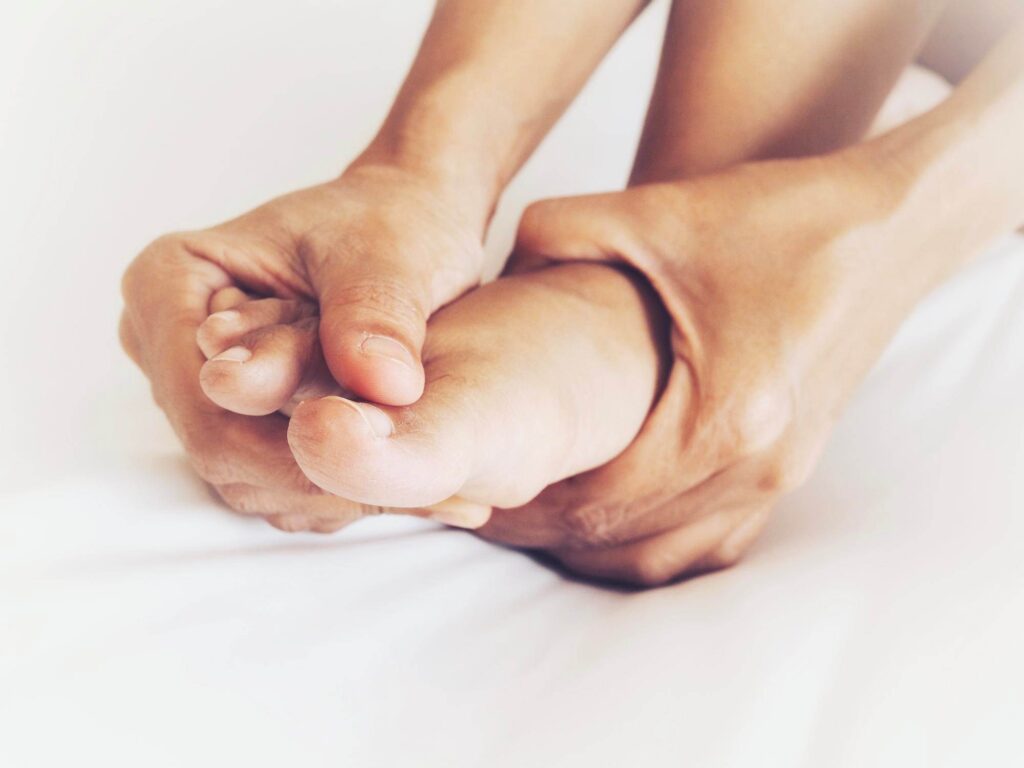Last Updated on 3 years ago by Nicky Johnson
Bone spurs are a common health issue that can develop in several joints in your body. These growths typically occur near your joints and affect those over the age of 60.
However, they can occur at any age, and compounding issues such as osteoarthritis can increase your chances of developing bone spurs.
Common parts of the body where you can develop bone spurs include the foot with the heel being common, hand, knee, hip, neck, shoulder, and back. No matter the cause of your bone spurs, surgery for bone spur removal foot, or other joints can help alleviate the condition.

The Causes of a Bone Spur
Blog Contents
The most common cause of bone spurs is damage to your joints, with osteoarthritis being the most common cause. As osteoarthritis is associated with aging which is one of the main reasons, bone spurs tend to occur in older people.
Bone spurs do have other causes, such as joint injuries or damage, and sports injuries can also cause bone spurs due to the amount of wear they can cause to your joints. The body’s attempt to repair cartilage damage to the joints is what causes bone spurs to occur.
Symptoms of Bone Spurs
If you have bone spurs, there will be associated issues that you will notice during normal daily activities.
Bone spurs put pressure on the nervous system and joints which can lead to symptoms such as restricted movement, bumps on the toes and fingers, numbness in various parts of the body, joint pain near the bone spur, tendinitis, and joint stiffness.
If you find yourself having any of these associated issues, you should visit a doctor for a diagnosis as soon as possible to verify the specifics of your overall health.
Professional Diagnosis
If you are experiencing symptoms or think you might have bone spurs, a medical professional will be able to confirm that. During your checkup, they will ask common questions to better understand your situation.
These questions include what symptoms you are having, your level of pain or discomfort, your medical history, and that of your family. More hands-on testing such as a physical examination, testing your range of motion and performing tests such as x-rays and MRIs to look for bone spurs and associated damage such as tendon problems.
Treatment
Once your doctor has confirmed you have bone spurs, and not another underlying issue, treatment options will be reviewed as these range from simple at-home treatment to more involved solutions such as surgery.
Moderate bone spur treatments consist of using ice packs to reduce swelling, making use of over-the-counter pain medication to reduce pain and inflammation, diet and exercise changes to reduce weight, supportive shoes for bone spurs in the legs and feet, and increased rest to reduce overall physical strain.
If your symptoms are not improving more involved treatment can include prescribed pain medication, physical therapy, and in severe cases surgery to remove the bone spurs.
Final Considerations
Bone spurs can hurt your daily life. However, with proper diagnosis, treatment methods, and care you can reduce the impact of bone spurs and live a productive life. With proper changes to your lifestyle and solid medical advice, bone spurs do not have to limit you or your activity.







